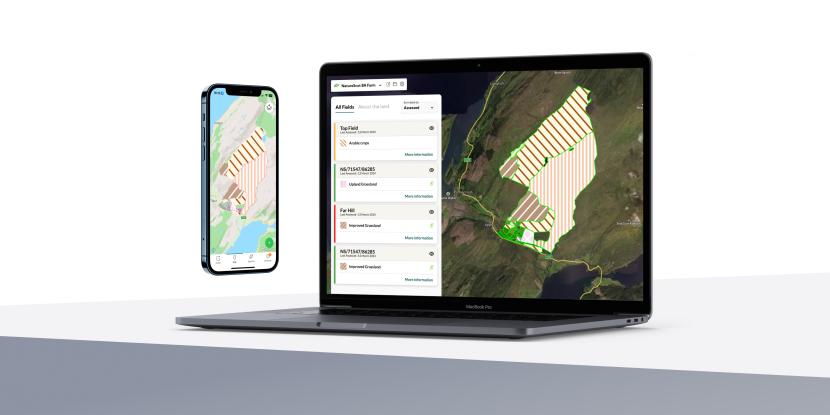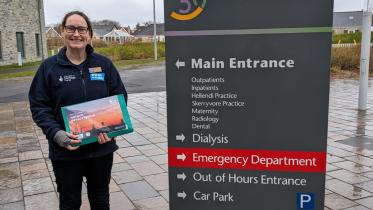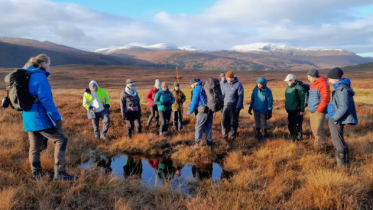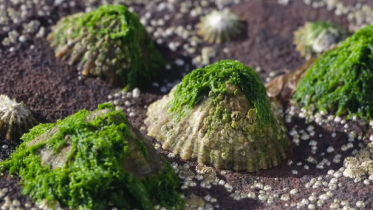Biodiversity Audit
To be used by farmers and crofters to baseline map the habitats and features on their land and then manage their land to promote biodiversity.
NatureScot has been asked by the Scottish Government to develop a biodiversity audit for farmers and crofters. Maintaining and improving biodiversity on farmland is a key part of the Scottish Government’s Agriculture Reform Programme to deliver its Vision for Scottish Agriculture.
From 2025 a Whole Farm Plan will be a mandatory condition for accessing future funding. This will involve all farmers and crofters undertaking a number of audits and plans relevant to their agricultural activities to provide them with a complete view of their business’s current performance. It will help them identify areas for improvement leading to increased productivity and profitability, and better positioning them to contribute to meeting Scotland’s climate and biodiversity targets. These plans and audits include a carbon audit, soil analysis, an animal health and welfare plan, an integrated pest management plan and a biodiversity audit.
In 2025 all farmers and crofters who want to receive the Basic and Greening Payment must have done at least two of these audits and plans. Whilst the details of the minimum standards of the audits and plans will not be announced until the summer, we have been advising the Scottish Government on the biodiversity audit component and expect that participating in testing the NatureScot Biodiversity Audit will count towards the biodiversity audit requirement of the Whole Farm Plan.

We are taking a four-step approach with our biodiversity audit:
Step 1 – map the existing habitats and features on farms and crofts.
Step 2 – measure the condition of a range of the habitats.
Step 3 – manage through options to maintain or increase the condition of the habitats.
Step 4 – monitoring the habitats.
Throughout 2023 we tested a biodiversity audit that looks at Steps 1 and 2 in particular, working with a range of farmers and crofters across Scotland who have previously supported our POBAS (Piloting and Outcomes Based Approach in Scotland) project.
We are currently expanding the testing of our biodiversity audit to a full range of farmers and crofters, on a variety of farm types, across Scotland. They are testing the Farm Biodiversity Scotland App, the digital tool we have been developing over the last few years to deliver the biodiversity audit. It is both web and mobile phone based, free to use and owned by NatureScot.
Step 1 – Mapping
We have created a list of habitat and feature types, which is very similar to the Farm Environment Assessment approach in the current Agri-Environment Climate Scheme (AECS). Farmers and crofters will create a habitat map for the whole of their farm or croft, allocating a habitat category for all their land within their business.

Step 2 - Measuring the condition
In the same way that we developed habitat assessments through scorecards for POBAS, we created some simple versions to give us a broad-based condition assessment of key habitats and features on each farm and a rating based on ‘red, amber, green’ to represent poor, moderate, good for biodiversity. These are our basic Assessments. Not all habitats will have an assessment; some will be just recorded as a presence or not. We are also testing some advanced assessments which look at habitat condition in more depth. Simple recommendations for improving habitat condition are provided.
Whilst we are assessing habitat condition to show biodiversity across the farm or croft, the app also allows farmers and crofters to record the presence of key species they see on their land.
We want to provide an audit that everyone can do, if they wish to. So, the feedback we get from the farmers and crofters testing the audit, particularly those new to biodiversity, is crucial to making it simple and accessible to use. The testing will consist of three levels of mapping and habitat assessments from a simple habitat map to more in-depth condition monitoring. The feedback will enable us to advise the Scottish Government on the biodiversity audit component of the Whole Farm Plan.
If you have any queries please do get in touch with your NatureScot contact or email: [email protected].
Sue Agnew/Kay Prichard
Farming with Nature Project Managers

Find out more
Piloting an Outcomes Based Approach to Farming (POBAS)
Natural Capital Assessment Tool - A Whole Farm Approach
Developing a Landscape Scale Natural Capital Tool for Scotland





